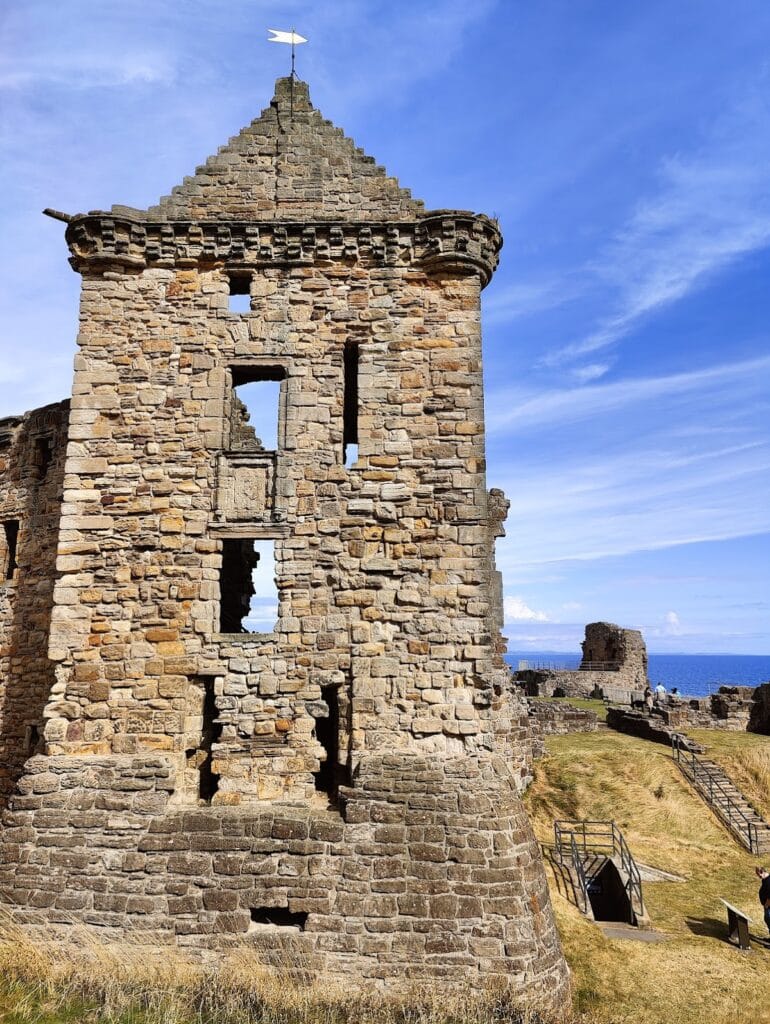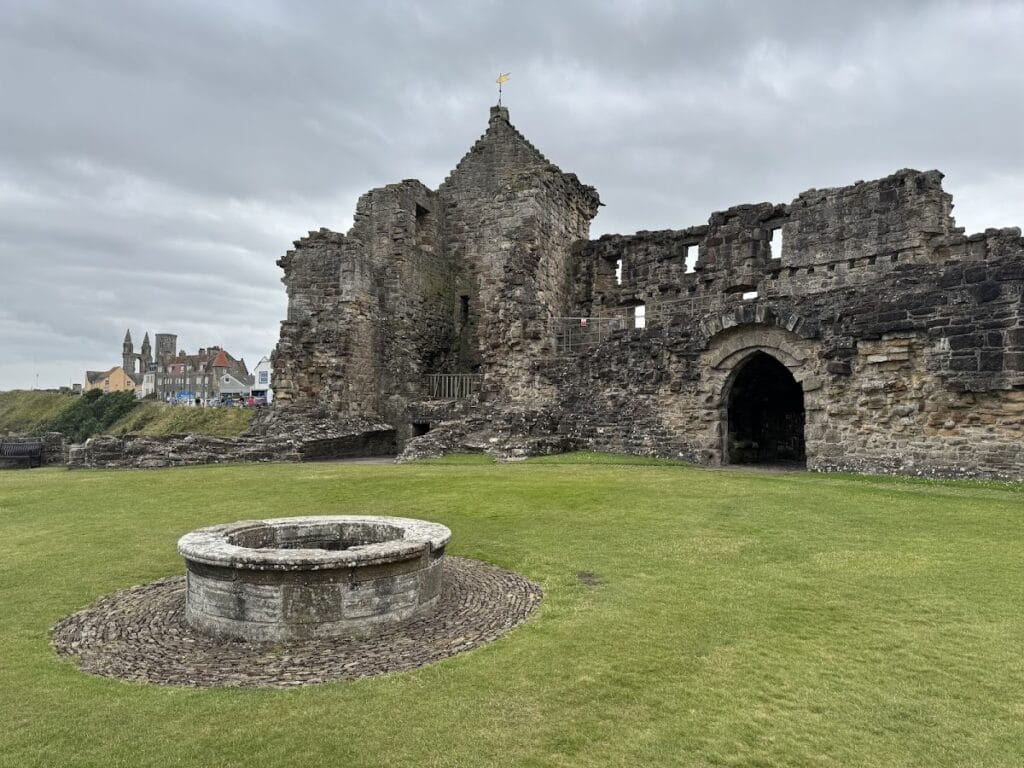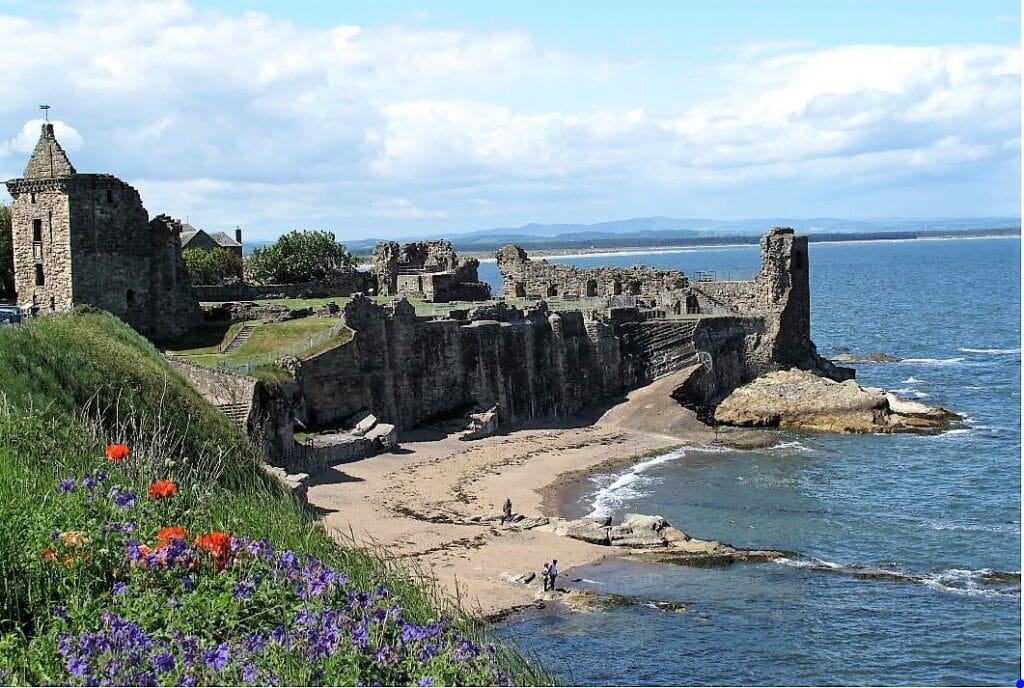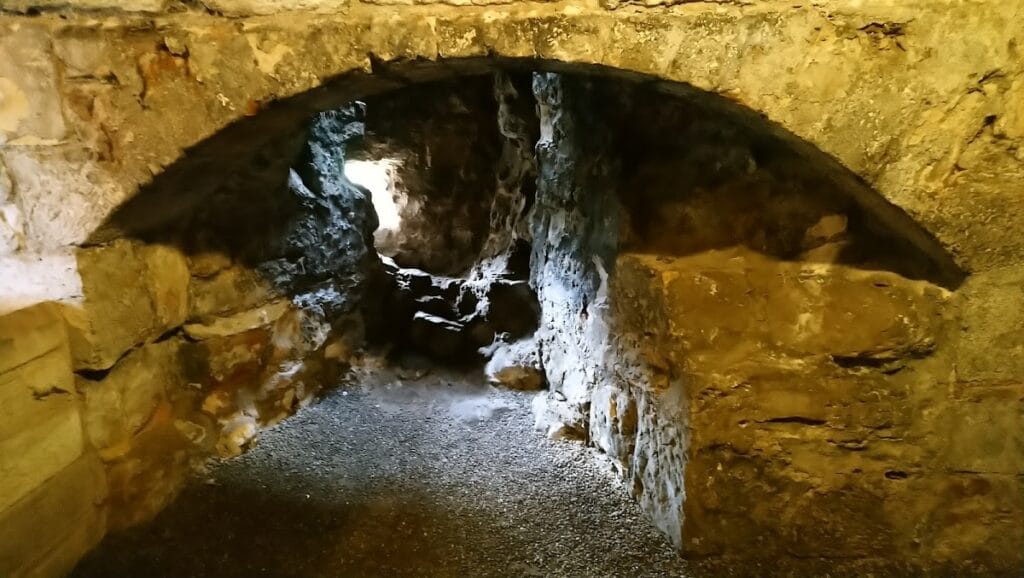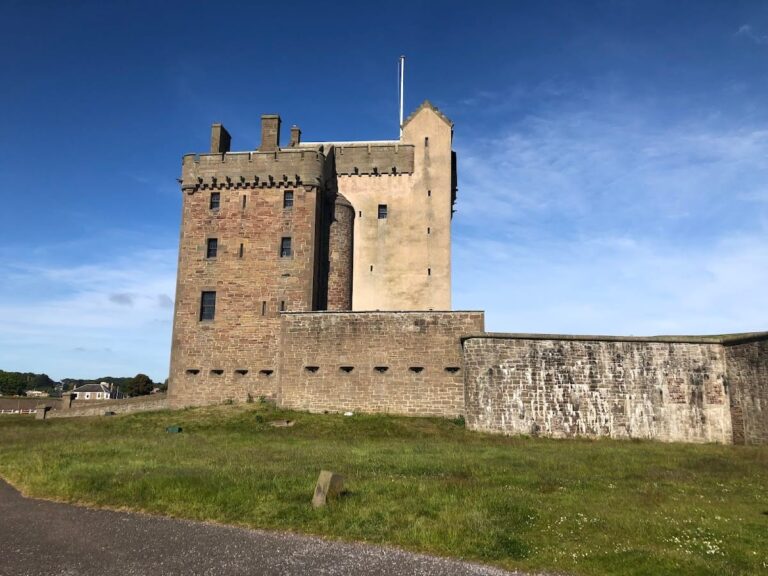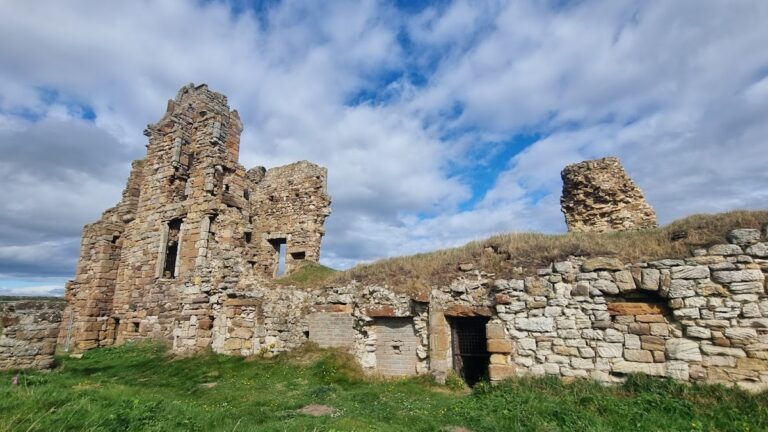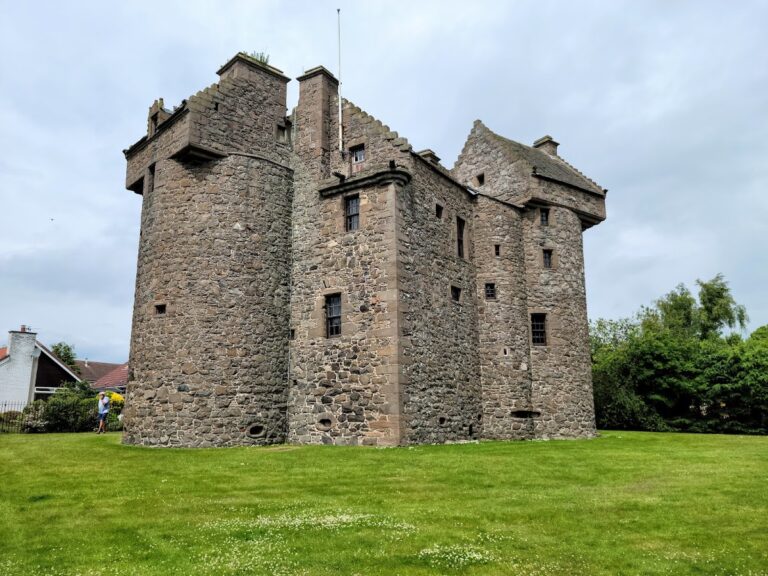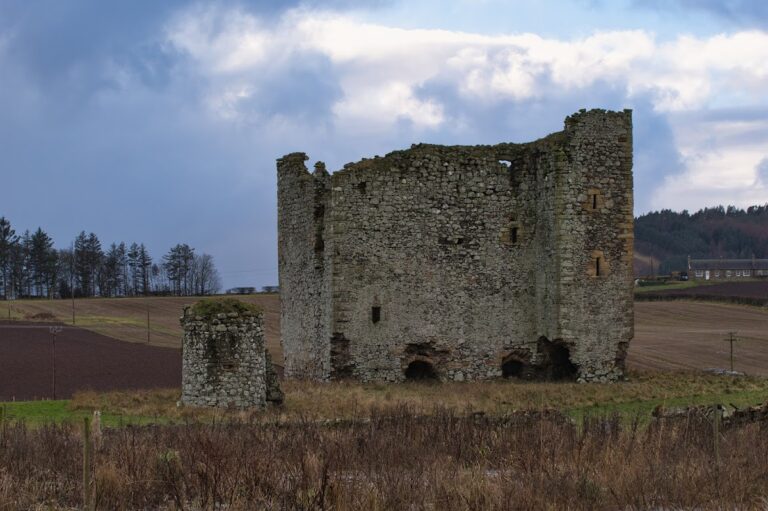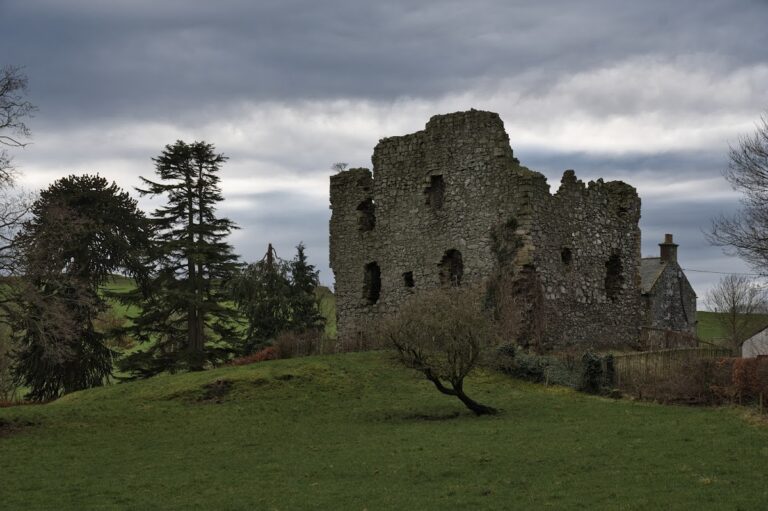St Andrews Castle: A Medieval Ecclesiastical Fortress in Scotland
Visitor Information
Google Rating: 4.5
Popularity: Medium
Google Maps: View on Google Maps
Official Website: www.historicenvironment.scot
Country: United Kingdom
Civilization: Medieval European
Remains: Military
History
St Andrews Castle sits on a rocky headland in the burgh of St Andrews, Scotland. Constructed by the medieval Scottish Church during the late 12th century, it served as the residence of the bishops overseeing Scotland’s primary ecclesiastical center before the Reformation.
The castle’s origins trace back to the episcopate of Bishop Roger (1189–1202), who was the son of the Earl of Leicester. Initially intended as a fortified home for the bishops, it became a focal point during the Wars of Scottish Independence. Between 1296 and the 1330s, control of the castle switched several times between Scottish and English forces. In 1336–1337, the Scots deliberately destroyed the fortress to block further English occupation. The site then lay in ruin until Bishop Walter Trail rebuilt it around 1400, passing away within its walls a year later.
Throughout the 15th century, the castle continued as an ecclesiastical stronghold and prison. Notably, James I of Scotland received part of his education there under Bishop Henry Wardlaw, founder of the University of St Andrews, while Bishop James Kennedy advised James II. The castle also held high-status prisoners such as David Stuart, Duke of Rothesay, in 1402, and Murdoch Stewart, Duke of Albany, in 1425.
The 16th century brought religious turmoil that deeply affected the castle. During the Scottish Reformation, Archbishop James Beaton reinforced the fortress against artillery attacks. His nephew, Cardinal David Beaton, made the castle his residence while opposing the planned union of Mary, Queen of Scots, and Prince Edward of England. In 1546, Beaton ordered the imprisonment and execution of Protestant preacher George Wishart within the castle grounds. Shortly after, a group of Wishart’s supporters assassinated the cardinal there.
Following this assassination, Protestant nobles sought refuge inside the castle, creating what is regarded as Scotland’s first Protestant congregation. Regent James Hamilton led a lengthy siege against them, involving the digging of tunnels or mines through solid rock beneath the stronghold. These mining efforts, and the counters dug in response, were rediscovered in the late 19th century. Although English forces planned to intervene, no support arrived. During a truce, the reformer John Knox preached at the castle. Eventually, a French-led artillery offensive, commanded by engineer Leone Strozzi, overwhelmed the defenses, and within six hours the castle became indefensible.
After the Protestant forces were expelled, Archbishop John Hamilton rebuilt parts of the castle. Its importance diminished over time; in 1606 it was separated from church ownership and granted to the Earl of Dunbar, briefly returning to church hands in 1612. The abolition of the bishopric in 1689 marked the final decline of its ecclesiastical role. By the mid-17th century, the castle had fallen into such disrepair that its stones were repurposed to repair the town pier.
Remains
The castle occupies a prominent rocky promontory overlooking Castle Sands beach and the North Sea, with a layout reflecting successive phases of medieval and early modern fortification. Remnants include a section of the south wall enclosing a square tower, known as the sea tower, along with a kitchen tower and the notorious “bottle dungeon.”
The “bottle dungeon” is an underground prison carved directly from the solid rock beneath the northwest tower. It is a damp and airless pit historically used to confine both ordinary criminals and prominent captives. This unique feature demonstrates the castle’s use as a place of incarceration as well as defense.
Several defensive upgrades took place in the early 1500s, notably the addition of a robust artillery blockhouse designed to withstand heavy cannon fire. These modifications responded to advances in military technology, highlighting the castle’s ongoing strategic importance during periods of religious conflict.
Below the fortress lies an intricate network of mine and counter-mine tunnels, blasted through solid rock during the 1546 siege. These passages, uncovered in 1879, allow a vivid insight into the intense mining warfare between the besiegers and defenders. They remain accessible today, providing a physical connection to one of the castle’s most dramatic historical episodes.
Fragments of carved stone, preserved largely in the visitor center, reveal the castle’s architectural detail. These include material from various building phases, representing both functional and decorative stonework.
Within the castle grounds, historical records indicate domestic features such as gardens planted with onions and lettuce, along with facilities for brewing beer. These details emphasize the castle’s role as a self-sustaining residence for church leaders.
Artillery and cannon were operated and maintained by a combination of French and local engineers, including Christopher Grymmerschere and Master Wolf. Fuel, such as coal brought from West Wemyss, supported their efforts, likely for heating and metalwork. A brick inscription bearing George Wishart’s initials marks the place outside the castle where he was executed, providing a solemn reminder of the site’s turbulent religious history.
